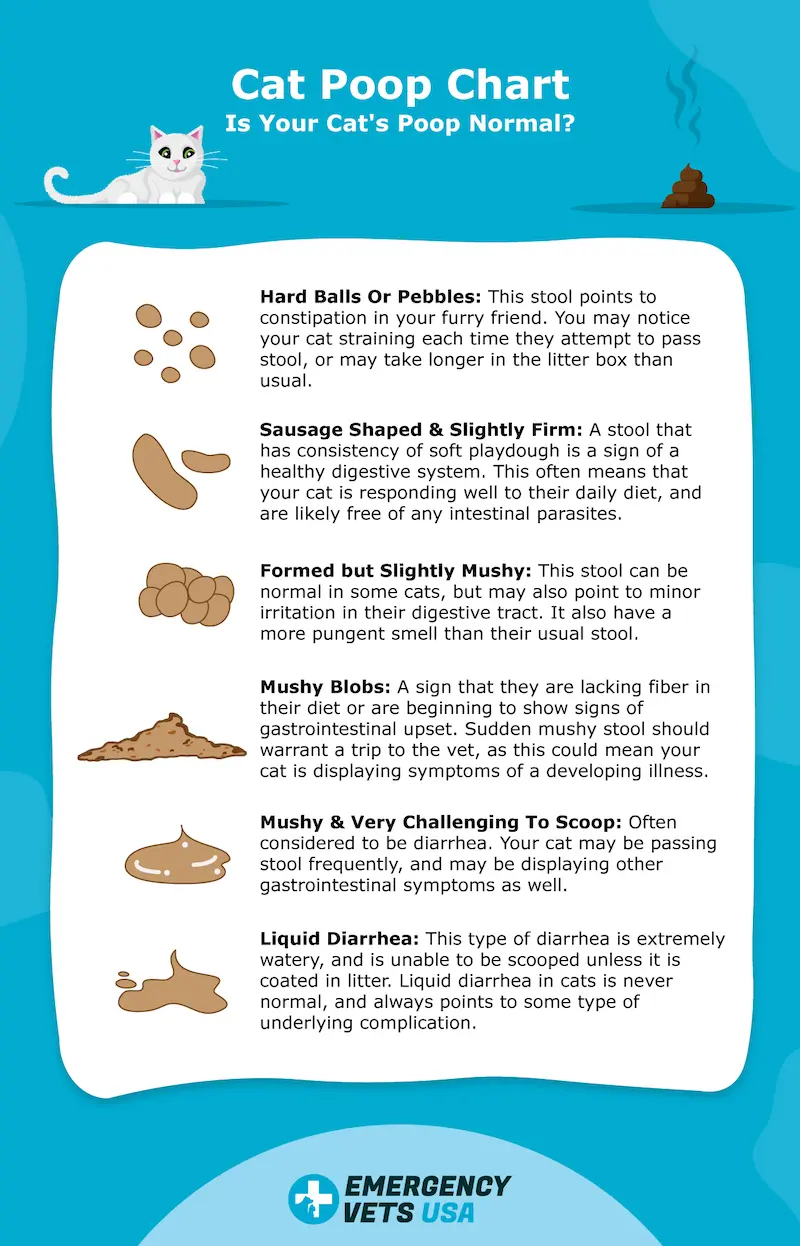
Photo by Pixabay
Being a dog parent isn’t too difficult. Primarily, you just make sure your pooch is fed, walked or played with, and gets their regular vaccinations and vet visits. But you may be overlooking an important part of dog-ownership: being a good neighbor. While you may think your dog is the best ever, your neighbors might be less in love with him. Whiskers to Tails Petsitting sponsors these ways to make sure your pup is easy to live near.
Introduce: When you are shopping for a new place to live, do your research. Make finding a dog-friendly house and neighborhood a priority. Look for dog-friendly amenities like dog parks, restaurants, groomers, boarders, etc. Take a walk around the area you’re considering; after all, spotting other dog owners, or hearing their furry companions, is a good sign.
When you first move into a neighborhood, take some time to introduce your dog to the neighbors. Let them know that you intend to be good neighbors, and if there are any problems, you are open to their concerns. They will feel much better about discussing issues with you, and you’ll make some new friends, including their dogs. If they have a particular dislike or fear of dogs, you’ll find out which houses to avoid on your walks. If your dog ever escapes, your neighbors will know him and know where to return him.
Hire help: If you work long hours or have a busy schedule, consider hiring a dog walker or sitter who can come during the day and let him out. You wouldn’t want to go eight hours with no bathroom breaks, so why should your dog? Also, a bored dog can howl and bark all day, disturbing the neighbors or even doing serious damage to your home. A good dog sitter can take him outside to potty, take him for walks or just spend a little time playing with him. You’ll feel better about leaving him, and your dog will be thrilled to have a new friend.
Train: Training your dog is key to helping him become a good citizen. Start early and train often. It usually only takes a few minutes a day to keep his skills fresh. If your dog is a barker, you can work to train him not to bark as much. You won’t eliminate all barking because it’s your dog’s job to protect his home and people; however, you can teach him to be quiet on command or only bark once or twice.
Fence: Having a good, sturdy fence can help ease a lot of neighborhood issues. It will prevent you from having to walk the dog every time he needs to potty, and it will keep your dog safely on your property. Before hiring a fence company, make sure they have good ratings and they’re able to provide clear price estimates. Take the average costs of materials (wood costs about $16 per foot, for example) and labor ($30 to $50 per hour) into consideration as well, as you don’t want to end up with a price that’s outside your budget.
Talk: If you have any issues with your dog, discuss it with the neighbors. If your dog is not friendly, make sure those who have dogs and children know not to go near the fence. Post “Beware of dog” signs everywhere you think someone could come into contact with him. Kids often don’t understand the danger of a dog that isn’t friendly to them. If he’s unfriendly to other dogs, your neighbors should know to avoid you when you’re out on walks. The more communication you have about this, the better.
Be calm and cooperative: If you were having a problem with a neighbor’s dog, you’d hope that the neighbor would respond calmly and politely. When a neighbor comes to you with an issue, respond the way you’d like someone to respond to you. Often, people aren’t aware that their dog is causing an issue. Discuss ways to address the problem, and then get to work. Your neighbors will appreciate your prompt and friendly response.
Being a good neighbor goes a long way toward peace and harmony in the neighborhood. You’ll show people that you are a responsible dog owner, and you and your dog will be much happier. You’ll get to know your neighbors and their pets, and they may become lifelong friends. Your walks in the neighborhood will become like a reunion, and you’ll get invited to all the cookouts on the block.
Guest Author: Cindy Aldridge is the creator of OurDogFriends.org, a website advocating for the love and ownership of dogs. She believes that dogs truly are our best friends and wants to see less dogs in shelters and more in loving homes.


